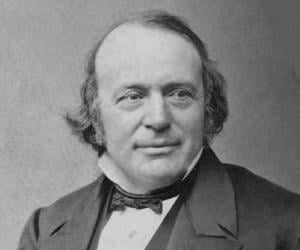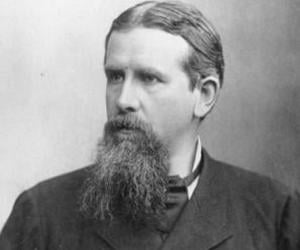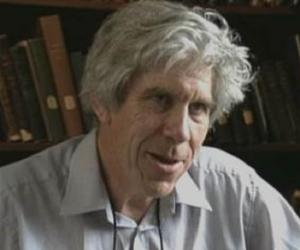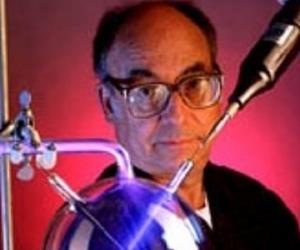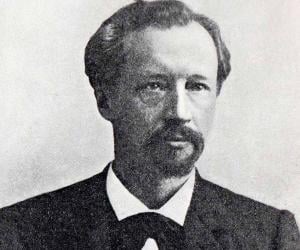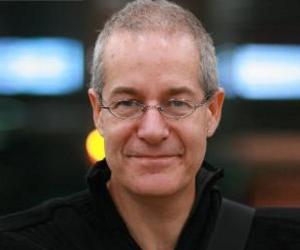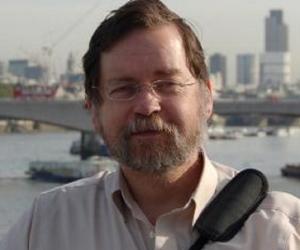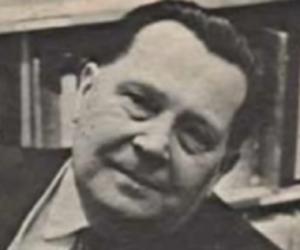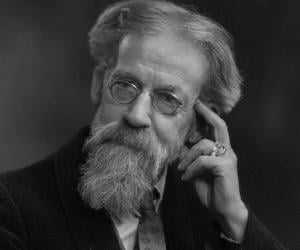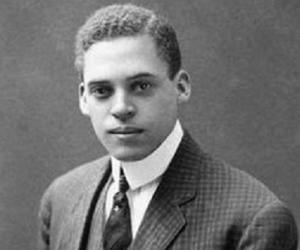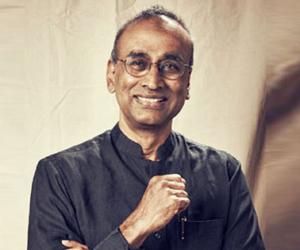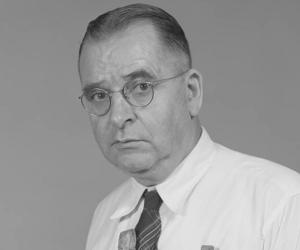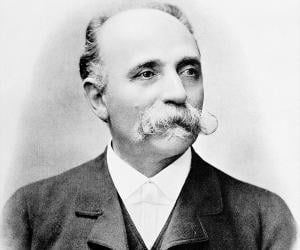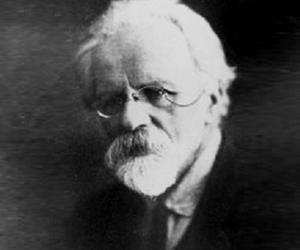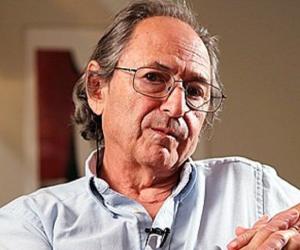Quick Facts
Died At Age: 66
Family:
Spouse/Ex-: Elizabeth Cabot Agassiz
children: Alexander Agassiz
Biologists Zoologists
Died on: December 14, 1873
place of death: Cambridge
More Facts
education: University of Erlangen-Nuremberg, Ludwig Maximilian University of Munich
awards: Copley Medal
Childhood & Early Life
On May 28th, 1807, Louis was born to Protestant pastor Jean Louis Rodolphe and Rose Mayor Agassiz in Motier in the tiny hamlet of Fribourg. Jean was the last in the long line of Protestant clergymen and infused a sense of religion in his child. His mother on the other hand encouraged Agassiz’s interest in science.
Initially home schooled, Louis went to Bienne to finish four years in secondary education. He completed his elementary education in Lausanne.
He studied at universities of Zurich, Heidelberg and Munich; he was educated as a physician in Germany, like many of his contemporaries.
Louis studied with Dollinger and Oken, both important German biologists who were followers of ‘Naturphilosophie’, a theory propagating metaphysical connections within the living world; a thought which indirectly influenced many of Louis’s work.
During the years from 1819 to 1829, two important scientists were working on collection of Brazilian fishes which was turned to Agassiz in 1826. One of them died, and Agassiz was given the responsibility of finishing the work. This interest in fishes has prompted many of Agassiz’s scientific researches in the later years also.
In 1829, Agassiz completed the work and published it by the name of ‘Selecta Genera et Species Piscium’. Next year, Agassiz published a prospectus for ‘History of the Fresh Water Fishes of Central Europe’. This was printed from time to time in parts.
In 1829, he obtained the Doctor of Philosophy degree from Erlangen. The following year, he received the Doctor of Medicine degree from Munich.
On December 16th, 1831, Agassiz went to Paris to study comparative autonomy under Cuvier, who was the most famous naturalist in entire Europe.
Their liaison lasted only a few months, but Cuvier was visibly impressed with Agassiz’s work and shared his notes and drawings on fossil fishes; Agassiz was considered as the intellectual heir of Cuvier.
Career
In 1832, after Cuvier’s death, Agassiz got a teaching position in ‘University of Neuchatel’, where for the next thirteen years he devoted himself in the fields of glaciology, palaeontology and systematics.
In 1836, Louis started studying glaciers, and was guided by colleagues like Venetz and Charpentier. His study led to the theory of Ice Age and how it had gripped Earth at one point of time.
During the phase of 1838-42, Agassiz brought out two volumes on fossil echinoderms.
In 1840, he published his findings in ‘Étudesur les glaciers’.
During his years in Neuchâtel, from 1842-46, he also completed his work on ‘Nomenclature Zoologicus’, a catalogue for names of all animals.
In 1846, Louis came for a lecture tour in ‘Lowell Institute of Boston’ by invitation from J.A. Lowell. His lectures in United States were so successful, that he was offered a professorship in the ‘Harvard University’.
In 1847, he proceeded on his theory of Ice Age further and reported his findings in ‘Systemeglaciere’. The same year, his lectures led to the establishment of ‘Lawrence Scientific School’ at Harvard University, which Louis headed.
In 1859, he started the ‘Museum of Comparative Zoology’, and was elected as its first director, a position he served for the next fourteen years.
During his years in Harvard, Louis also served as the non-resident lecturer in the ‘Cornell University’.
In 1852, he accepted a position for teaching comparative anatomy in ‘Charlestown Massachusetts’.
His failing health did not permit him to undertake further teaching assignments; hence he took the decision to go back to the field to work on Brazilian fishes.
Agassiz had made two important expeditions in his life; one to Brazil in the year 1865 and another to California, six years later. Their journey to Brazil was well-captured by Elizabeth and himself in a journal.
In 1873, John Anderson provided him with the money and an island to establish a school for marine zoology, which had to be closed down after Agassiz’s death.
Major Work
His work ‘Recherchessur les poisons fossiles’ which includes all the information about fossil fishes is considered as a Bible for researchers interested in extinct life and species.
His ‘Essay on Classification’ was published in 1851 and consisted all his major thoughts about the natural world and how all living beings have been created by one God, a major point of contention between him and Charles Darwin.
Awards & Achievements
In 1836, Louis was awarded the ‘Wollaston Medal’ for his outstanding work on fossil ichthyology by the ‘Geological Society of London’.
In 1838, he was selected as the foreign member of ‘Royal Society of London’.
In the year 1846, Agassiz was given the position of the Foreign Honorary member of ‘American Academy of Arts and Sciences’.
Personal Life & Legacy
Agassiz was married twice. After the death of his first wife in 1850, he was married to Elizabeth Cabot Cary. She was a distinguished writer and a propagator of women’s rights from Boston.
He had three children from his first marriage. Once he settled down in United States, his two daughters and son Alexander joined him there.
He breathed his last on December 14, 1873 and was interred at the ‘Mount Auburn Cemetery’.
Trivia
Louis’s classification of the animal kingdom and his parallelisms influenced the thoughts of Charles Darwin, the father of evolution. However, Darwin was not a strict believer of parallelism, like Louis. Agassiz on the other hand was not a remote believer of evolution and saw the hands of One Creator everywhere in nature.
See more:


